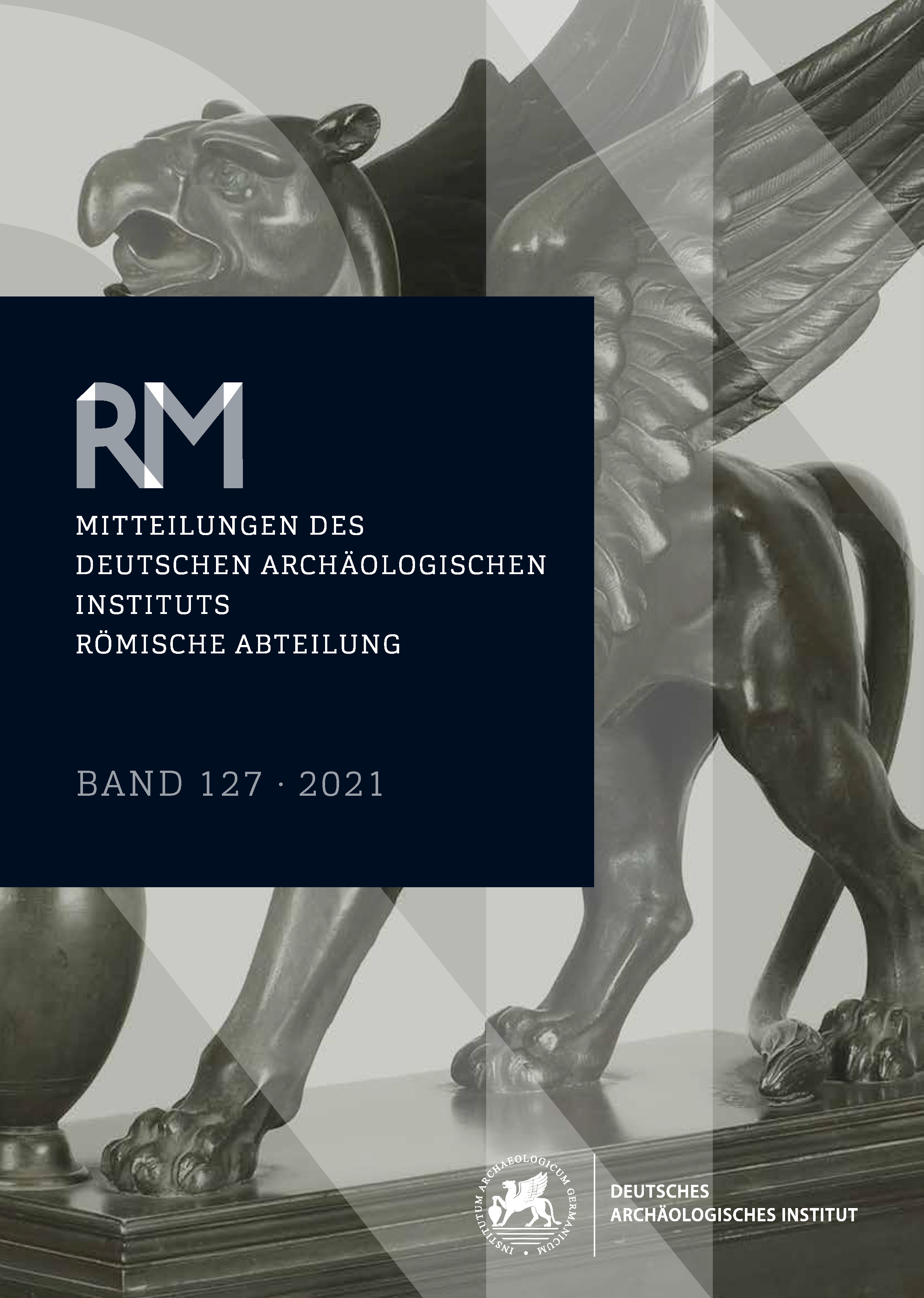Novae scalpturae.
Capitelli a gola dritta nell'area centro-meridionale della penisola italica
https://doi.org/10.34780/6298-0622
Abstract
This contribution investigates the spread of capitals characterized by a Kyma recta echinus in the central-southern area of the Italic peninsula. The typology had been growing in popularity, and especially so since the second half of the 2nd century B.C.: it has often been labelled “tuscanico”. From innovative research on these same capitals in the Asia Minor area, especially from Pergamon, it has been possible to work out how this type of capital first developed within the process of Hellenization taking place since the middle of the 2nd century B.C., and then entered Late Republican architecture. It is therefore necessary to no longer call such capitals “tuscanico”. It is more likely that they should be viewed as variations of Doric capitals, the result of the extensive phenomenon of reformulation and mixing of architectural orders that is especially true of the Hellenistic age. Finally, we highlight the success that the Kyma recta capitals went on to enjoy, especially in the Augustan and in the middle Julio-Claudian ages.
Schlagwörter:
Kyma Recta Capitals, Late Republican Architecture, Augustan Architecture, Tuscan Capitals, Doricizing Capitals


